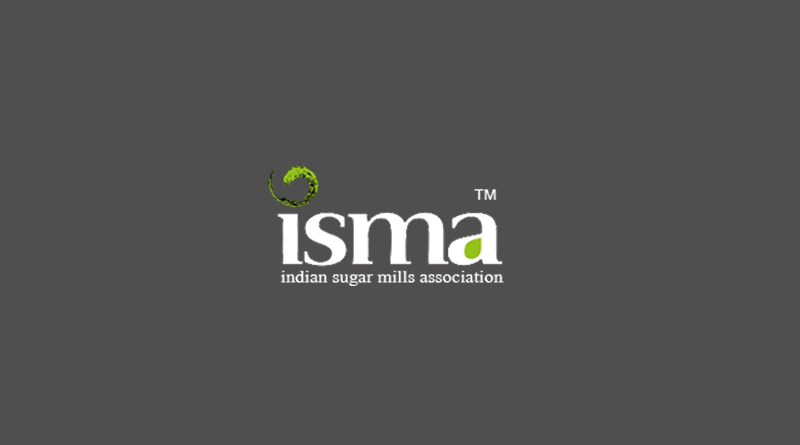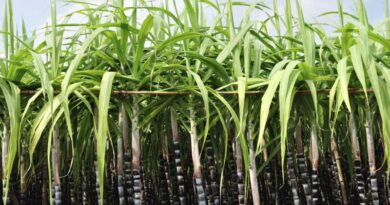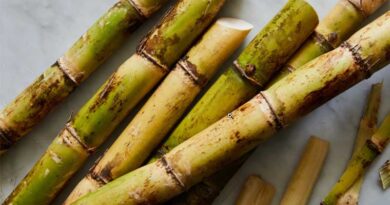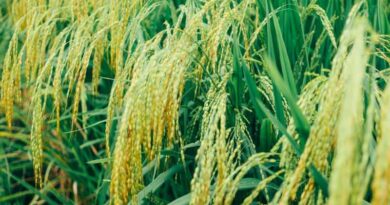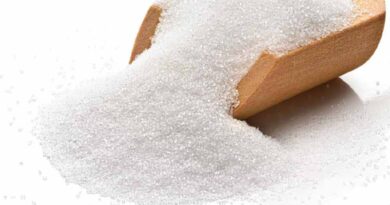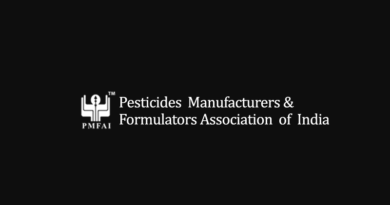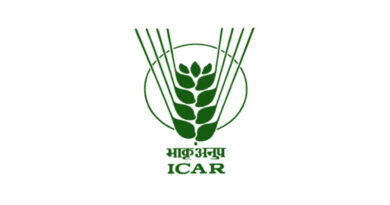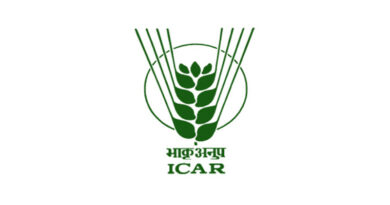Ethanol blending on track but grain distillation a worry
18 October 2021, New Delhi: India’s ambitious target of blending 20 per cent of petrol with ethanol seems to be on track if the current promised capacities come on stream and prices remain lucrative in the long run.
However, setting up grain-based distilleries could be a challenge owing to differential pricing compared to sugarcane-based ethanol, high power and steam prices, problems in getting regular supply of raw material primarily corn in this case and sustainability of conversion margins.
Experts, however, hope that with the Centre keen to push the programme, the issues would be worked out.
The existing situation possibly explains why less than 15 per cent of the ethanol supply in the market is currently from grain-based distilleries.
Data shows that by 2025 about six million tonnes (mt) of surplus sugar would be diverted towards ethanol production. This sugar otherwise would have had to be exported without any subsidy, as under World Trade Organization rules, India will not be able to subsidise its sugar exports beyond December 2023.
The plan
To achieve the 20 per cent blending target by 2025, India would need to produce 10-11 billion litres of ethanol, of which 6-6.5 billion litres would come from sugarcane, while corn- and grain-based sources would have to contribute to the rest.
To produce this quantity, a capacity of 12 billion litres of ethanol would have to be installed, of which 6.5-7 billion litres would be from sugarcane and the rest from corn-based distilleries.
At present, total ethanol production capacity is about six billion litres, of which sugarcane sources contribute to 5.25 billion litres, while corn-based distilleries provide for just 0.75 billion litres.
To achieve the 20 per cent blending target, grain-based distillation has to pick up pace.
But the industry believes that this is achievable, given that nearly 800 companies have applied for setting up distilleries to capitalise on the government support programme. Of this, nearly half are grain-based distilleries.
Sugar companies are also setting up dual feed ethanol plants, where corn and grain can be used in addition to sugarcane and molasses.
“It’s not that the production of ethanol from grains faces any challenge, it’s just that it started much later than sugarcane-based ethanol manufacturing and hence is taking time to catch up,” Abinash Verma, Director General of Indian Sugar Mills Association (ISMA) told Business Standard .
He expects a strong pick-up in the coming years because several states have given huge subsidies for setting up grain-based distilleries.
The supply schedule
According to a presentation made by Verma at a webinar recently, as far as diverting sugar towards ethanol is concerned, current supplies of 3 billion litres of ethanol include diversion of 2 mt of sugar.
If the industry manages to divert another 5 mt of the surplus sugar produced each year, another three billion litres of ethanol will be produced, taking the total to 6-6.5 billion litres.
In the case of grain-based distilleries, ISMA estimates show that to produce 4-4.5 billion litres of ethanol from corn and grains, around 16-17 mt of crops will be required each year.
At present, India has a per-hectare yield of three tonnes, which translates into 28 mt of corn a year.
If India manages to bring its per hectare corn yield to the world level of 5tonnes, it will give another 18.5 mt of corn annually, which should be enough to meet all the feedstock demand of grains-based distillers.
If there is still a shortage, surplus grain from the Centre’s granaries could be used, provisioning for which has already been made.
“But, we feel that per-hectare yields will start improving for corn as soon as an assured buyer in the form of the ethanol industry comes into the picture. In Bihar, corn yields are already 6 tonnes per hectare,” Verma said.
The Gadkari formula
At the same webinar, Transport Minister Nitin Gadkari, a strong advocate of ethanol blending with petrol, floated the idea of adding 15-20 per cent of already produced or finished sugar back into B-Heavy molasses.
Gadkari said it will not only absorb surplus sugar but also improve ethanol recovery due to better quality of the raw material once finished sugar is added back to molasses.
However, several experts said this has its own disadvantages, extra cost being one of them.

